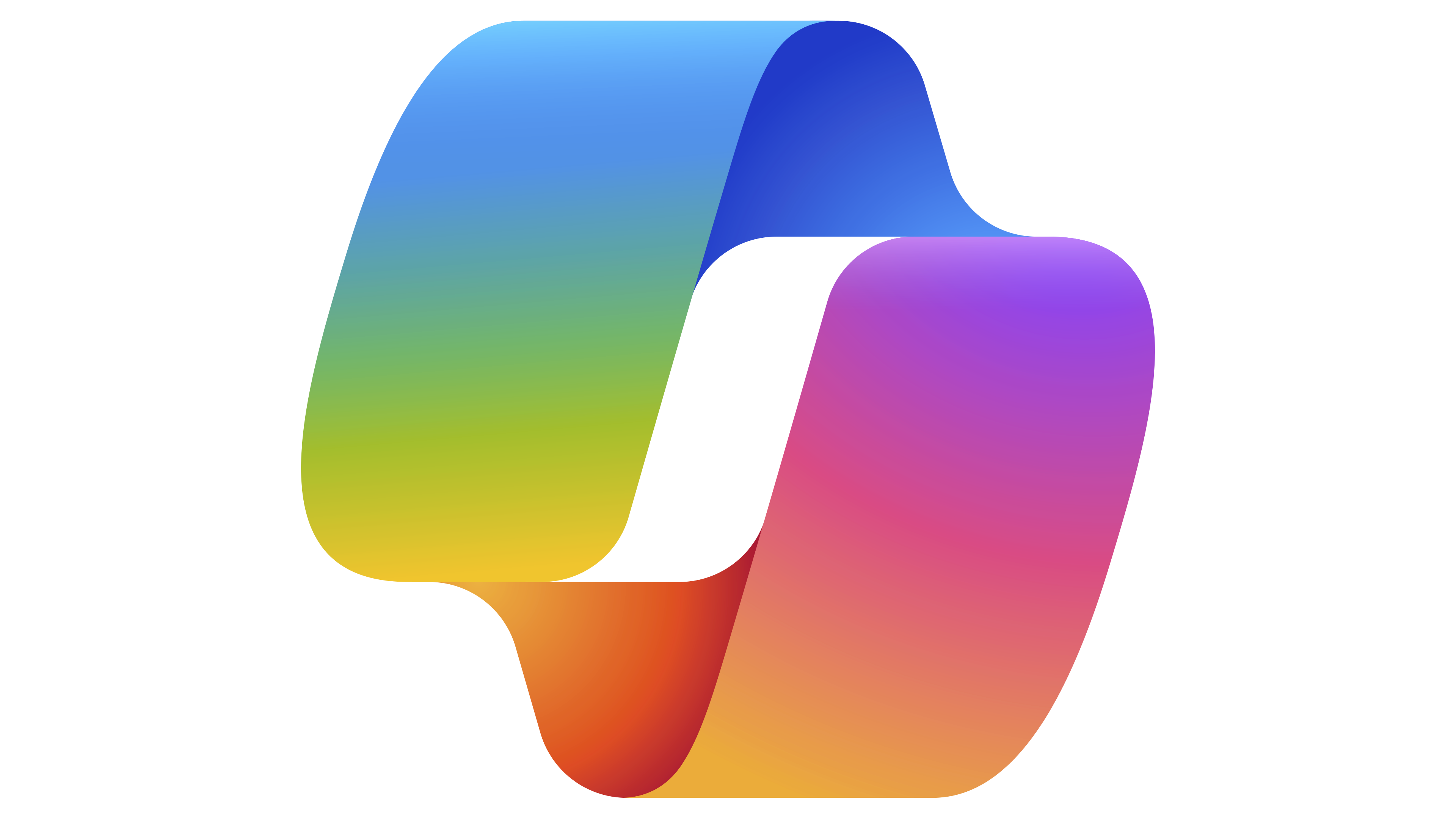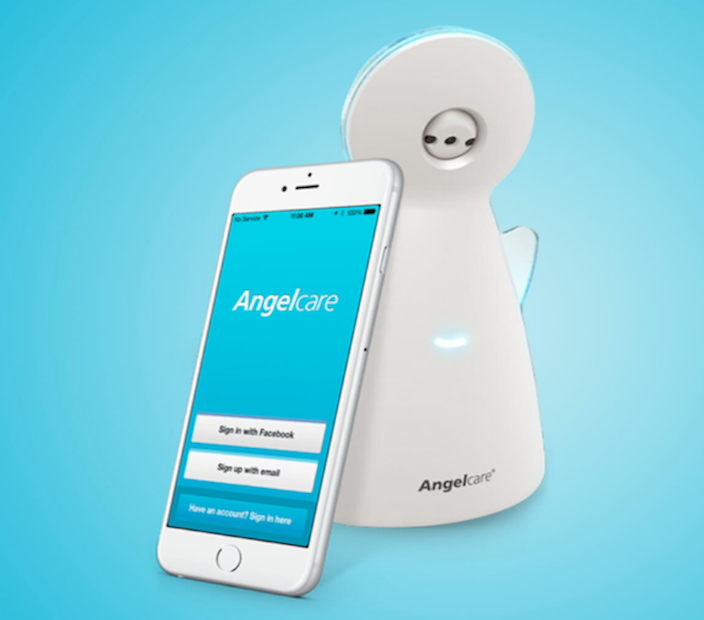Technology architecture has evolved consistently, especially with the advent of more and more SaaS platforms in the technological ecosystems of our clients. The same is true for information architecture, since these individual platforms require a better flow of information and the use of multiple systems.
For example, during an online purchase, the CRM and the e-commerce platform are linked by an API that transmits various information about the buyer. This connection must be made by a resource if it is not available off the shelf by the supplier, since the fields must be linked in the database to pass the data.
In the case of a SAP HIM connection with Core Finance, for example, the new employee (role, salary, manager, etc.) is entered in the HIM in order to be recorded in the database. This is then connected to Core Finance so that accountants can access it for their reports. The same goes for Process Integration and Orchestration from SAP, MuleSoft from Salesforce, Dynamics, etc.).



















